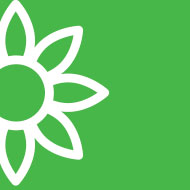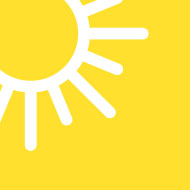Active Seasons




Jumping Spider Appearance and Size Facts
The jumping spider is a spider species with a distinct appearance and, as its name suggests, the ability to jump! Despite being intimidating to people and remarkable hunters, these spiders play an important role in the ecosystem.
Here are just a few of the key characteristics of the jumping spider:
- Typically around one centimeter in length
- Varying in colors to blend in with the surroundings
- Large, forward-facing eyes
- Compact and robust body shape
- Short legs compared to body size
Identifying the Jumping Spider from Other Spiders
Before you start trying to get rid of your pest problem, it helps to know what type of pest is at the root of it. Keep an eye out for the distinguishing features listed above to try and pick out jumping spiders.
Along with this, watching how spiders move can help you make an identification. Watch the spiders’ movement – if you see small, robust spiders stalking, crouching near, and pouncing towards their prey, you may be seeing jumping spiders! Additionally, if you’re dealing with a jumping spider infestation, you won’t notice many webs around your home, as these spiders don’t tend to spin as many webs as other species.
We service for jumping spiders in the following locations and their surrounding areas:

Behavior and Habitat of Jumping Spiders
Jumping spiders are known for their fascinating behavior and adaptability to a wide range of habitats. Here are some key insights into their behavior and preferred habitats:
- Jumping abilities. They can leap many times their body length to capture prey or escape from predators.
- Hunting strategy. They are active hunters with exceptional eyesight.
- Temperature preferences. Jumping spiders prefer warm, sunny conditions. They are more active during the day when the sun is out.
- Diverse habitats. Due to their adaptability, jumping spiders can live in a wide variety of habitats.

Signs of Infestation of Jumping Spiders
Jumping spiders are likely to be observed outdoors in vegetation, rarely indoors.

Tips for Prevention of Jumping Spiders
It is important to prevent the presence of jumping spiders in your home to be sure your space stays clean and pest-free. You can best do this by maintaining a clean and tidy home, regularly dusting, screening your vents, and sealing any entry points. Additionally, getting preventative pest control treatments for your home can help deter jumping spiders and other common household pests.
Getting Rid of Jumping Spiders
If you’re already in the tick of a spider infestation, don’t worry! Professional pest control experts, like those at Hulett Environmental Services, can help. Trained experts can help you identify jumping spiders or other spiders in your home, get rid of infesting spiders, and eliminate pest-conducive conditions to help you create a bug and spider-free home.
Effective Jumping Spider Control Solutions
Here at Hulett Environmental, we take care of pest problems of all sorts. We offer cutting-edge pet-friendly and green pest control options to get rid of your pest problem in a better way without sacrificing treatment effectiveness. We also offer a free initial pest inspection so we can identify the problem and determine the best way to approach the solution.
Schedule your free inspection today or call us now for more information on how Hulett can remove and prevent pests in your home.



